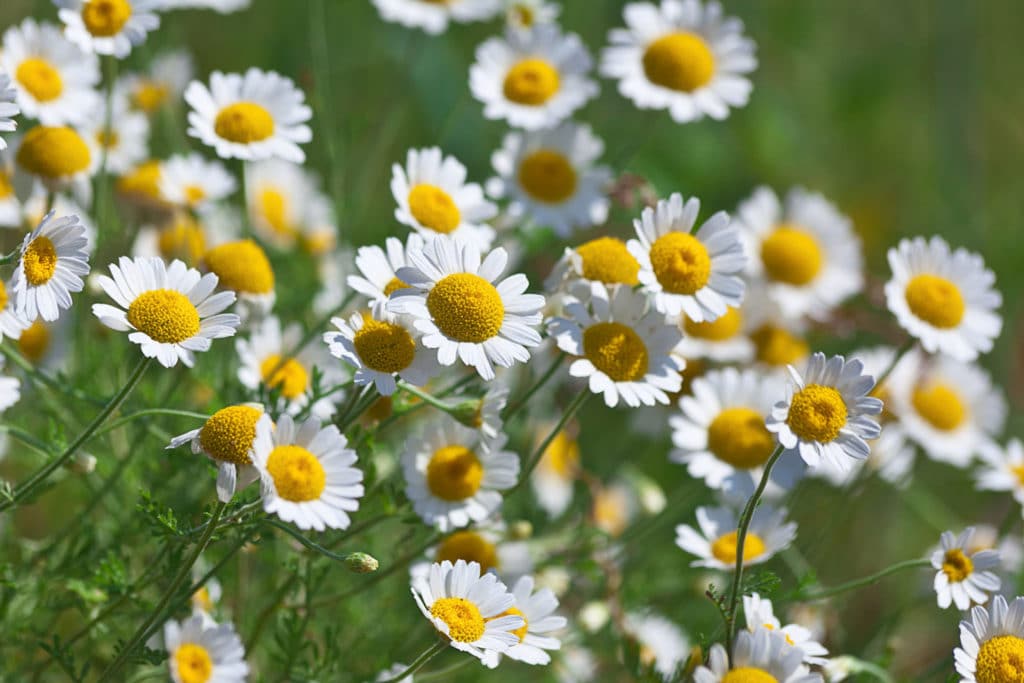Renowned throughout the flavor and fragrance industry for their contributions to perfumery, teas, and liqueurs, Chamomile Oils are widely cultivated across Europe, North Africa, and the Mediterranean. Berjé carries a number of different Chamomile varieties, each with its own unique fragrance, flavor, and function within the industry.
